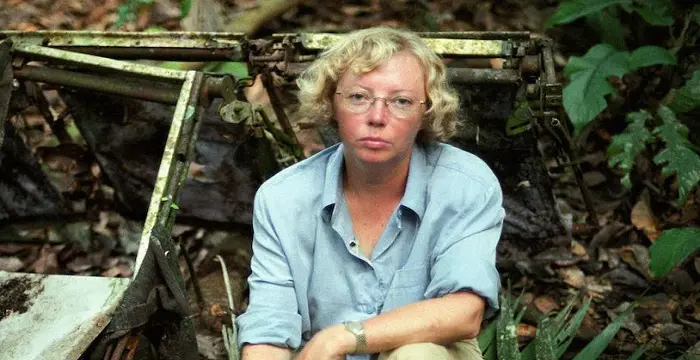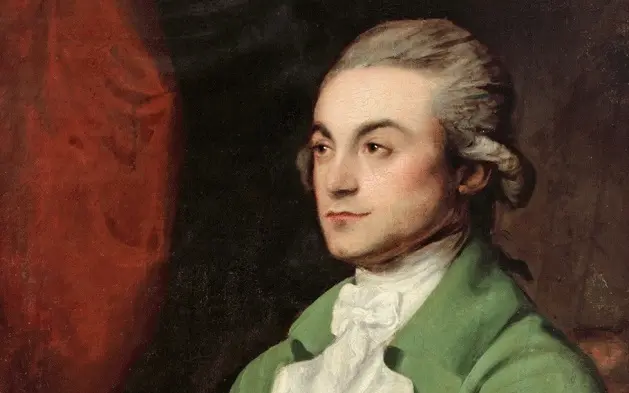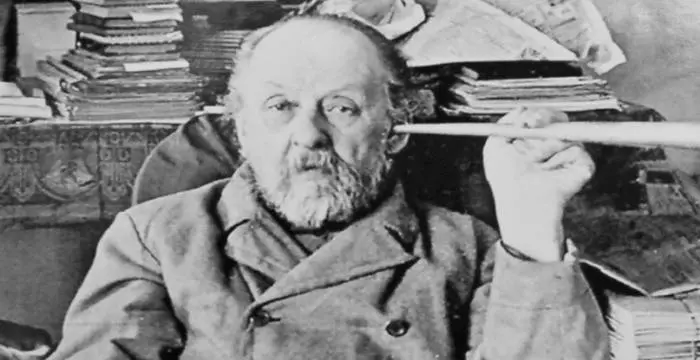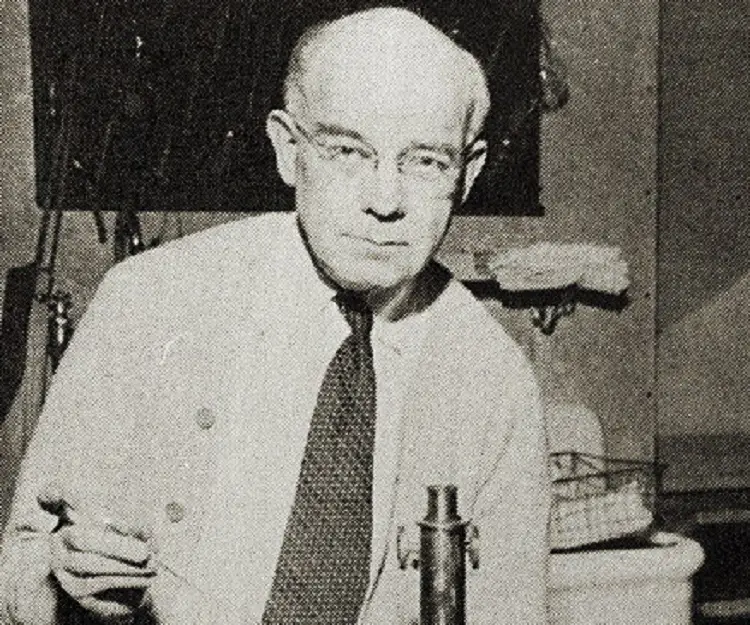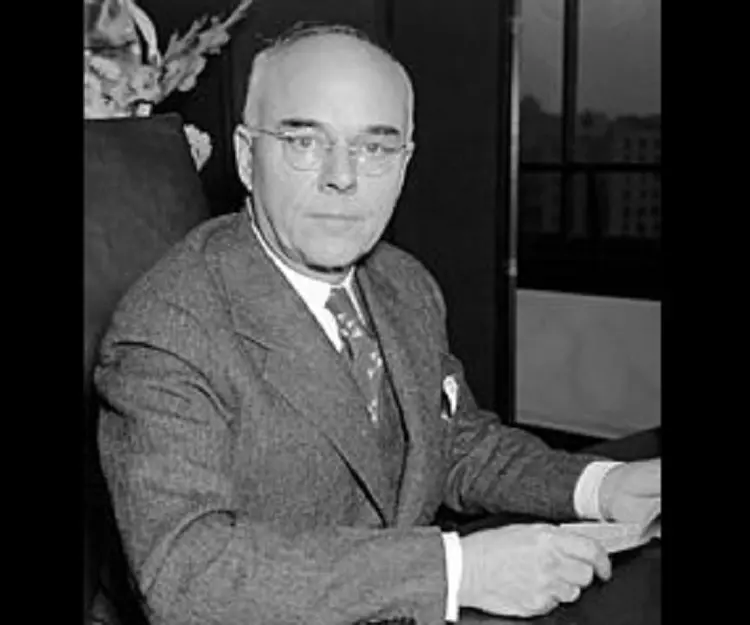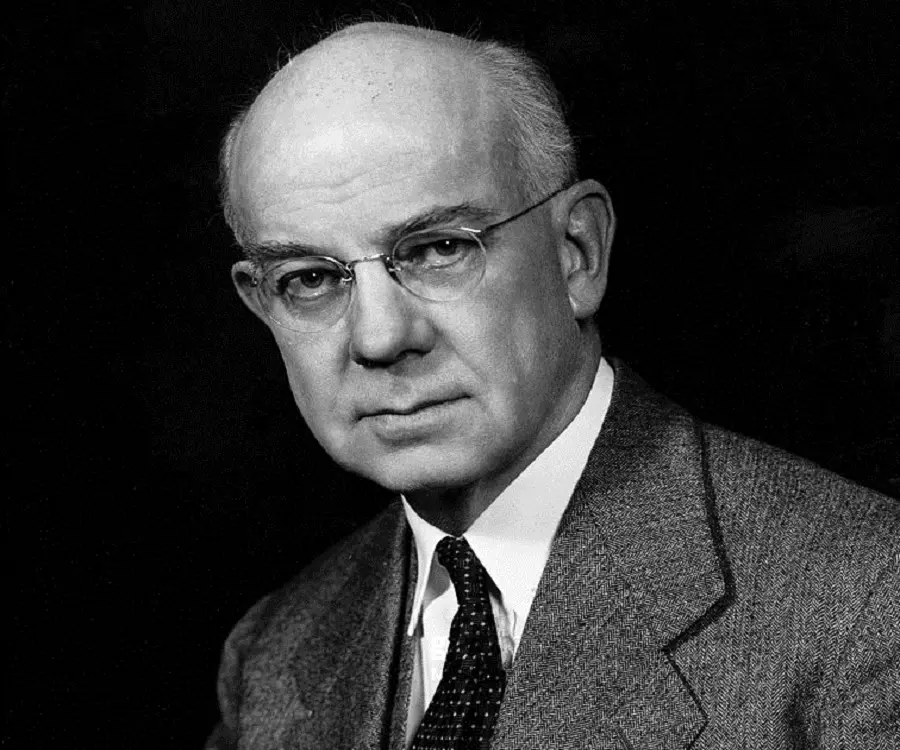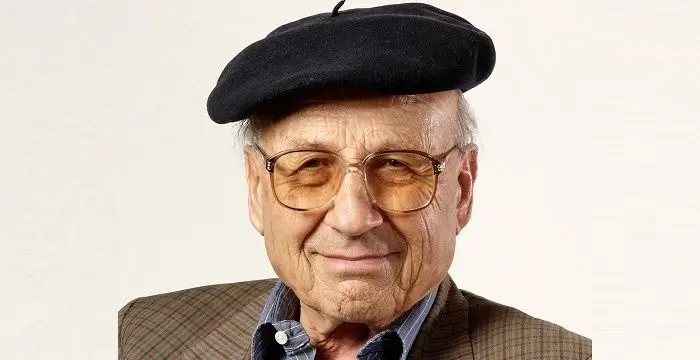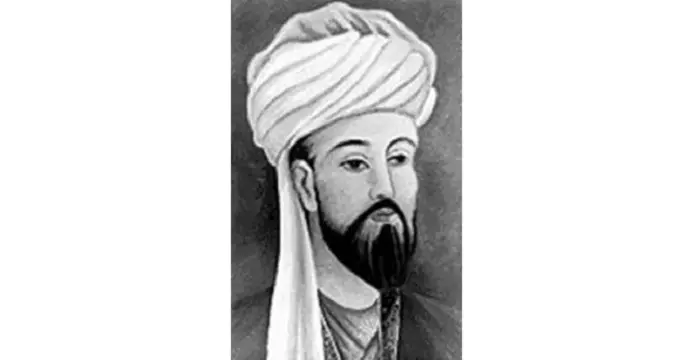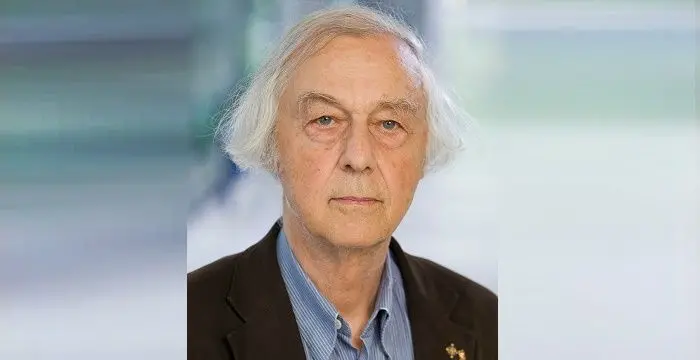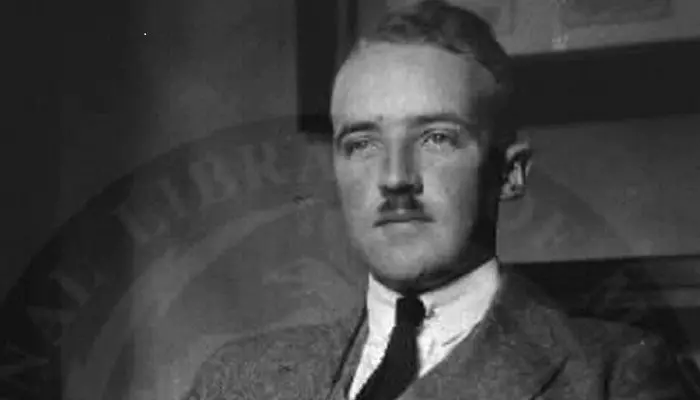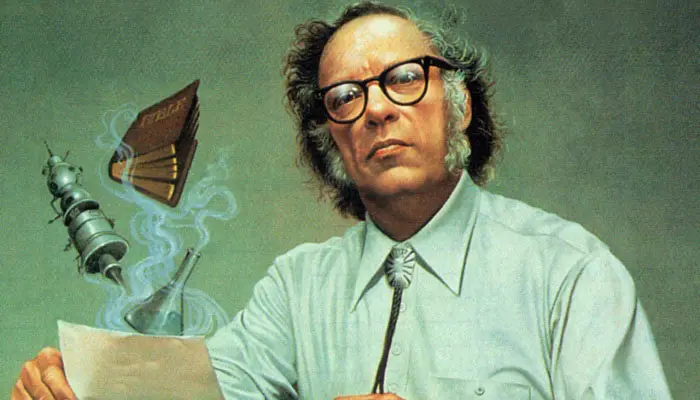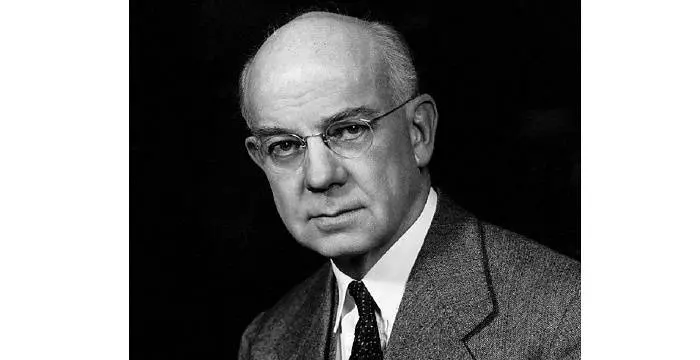
Edward Calvin Kendall - Chemists, Career and Childhood
Edward Calvin Kendall's Personal Details
Edward Calvin Kendall was an American chemist known for his work with hormones of the adrenal gland
| Information | Detail |
|---|---|
| Birthday | March 8, 1886 |
| Died on | May 4, 1972 |
| Nationality | American |
| Famous | Scientists, Chemists, Biochemists |
| City/State | Connecticut |
| Birth Place | South Norwalk, Connecticut, USA |
| Gender | Male |
| Sun Sign | Pisces |
| Born in | South Norwalk, Connecticut, USA |
| Famous as | Biochemist |
| Died at Age | 86 |
// Famous Scientists
Juliane Koepcke
Juliane Koepcke is a German-Peruvian biologist, who was the lone survivor among the 92 passengers and crew of the ill-fated LANSA Flight 508 that crashed in the Peruvian rainforest on 24 December 1971. Know more about her life in this biography.
Henry Cavendish
Henry Cavendish was a theoretical chemist and physicist, renowned for discovery of hydrogen and calculation of the mass of earth. To know more about his childhood, profile, timeline and career read on
Konstantin Tsiolkovsky
Konstantin Tsiolkovsky was a Russian rocket scientist and a pioneer of astronautics. This biography provides detailed information about his childhood, family, personal life, career, achievements, etc.
Edward Calvin Kendall's photo
Who is Edward Calvin Kendall?
Edward Calvin Kendall was an American chemist known for his work with hormones of the adrenal gland. He collaborated with the Mayo Clinic physician, Philip S. Hench, to research on the adrenal glands and their collective work won them the Nobel Prize for Physiology or Medicine in 1950. In addition to this work Kendall was also responsible for the isolation of thyroxine, a hormone of the thyroid gland. Born in Connecticut, he was educated at Columbia University where he specialized in chemistry and earned his Ph.D. in 1910. He began his career with Parke, Davis and Company where he became engaged in research on the hormones associated with the thyroid gland. After years of work he successfully isolated thyroxine, the active principle of the thyroid gland. He also performed vital research on the hormones of the adrenal gland and isolated several steroids from the adrenal gland cortex, including the steroid hormone cortisone. It was this work which earned him much international acclaim and a share in the Nobel Prize for Physiology or Medicine. After serving as the Head of the Biochemistry Section in the Graduate School of the Mayo Foundation for several years he retired in 1951 and became a visiting professor of chemistry at Princeton University.
// Famous Chemists
Henry Cavendish
Henry Cavendish was a theoretical chemist and physicist, renowned for discovery of hydrogen and calculation of the mass of earth. To know more about his childhood, profile, timeline and career read on
Walter Kohn
Nobel Laureate Walter Kohn was an Austrian-born American theoretical chemist and physicist. Check out this biography to know about his childhood, life, achievements, works & timeline.
Jabir Ibn Hayyan
Jabir Ibn Hayyan was a medieval era polymath. Check out this biography to know about his life, works and achievements.
Childhood & Early Life
Edward Calvin Kendall was born on March 8, 1886, in South Norwalk, Connecticut, USA, to George Stanley Kendall and Eva Frances Abbott.
He went to the Columbia University for his higher studies upon the completion of his schooling. He earned his Bachelor of Science degree in 1908 and a Master of Science degree in Chemistry the next year. In 1910, he completed his Ph.D. with a dissertation on the kinetics of pancreatic amylase.
Career
He began his career as a chemist with the Parke, Davis, and Company in 1910 where he worked on thyroid extracts. He was assigned the task of isolating the hormone associated with the thyroid gland.
He moved to the new chemical pathology laboratory at St. Luke’ Hospital in New York City in 1911 where he continued his research. Bu,t he did not like the work environment there as he felt that his work on thyroid extracts was not being given much significance in the context of clinical medicine. Thus he left the laboratory in 1913.
His career received a boost in 1914 when he was appointed Head of the Biochemistry Section in the Graduate School of the Mayo Foundation, Rochester. The next year he was appointed Director of the Division of Biochemistry there and subsequently Professor of Physiological Chemistry. He remained with the foundation until his retirement in 1951.
His research on thyroid extracts yielded good results at the Mayo Foundation and led to the first isolation of crystalline thyroxine. In addition he also successfully crystallized and established the chemical nature of glutathione, a compound important to biological oxidation-reduction reactions.
Edward Calvin Kendall eventually became involved in research on the hormones of the adrenal gland in the 1930s. At that time, Dr. Philip Hench, also at the Mayo Foundation, was also involved in research on adrenal extracts. In a separate setting, chemist Reichstein of Switzerland too was working on the same subject.
After years of rigorous research, Kendall, along with Hench, successfully contributed to the isolation the steroid hormone, cortisone, and applied the hormone in treatment of rheumatoid arthritis. For this work, Kendall and Hench, along with Reichstein received a Nobel Prize in 1950.
In 1951 Kendall retired from Mayo and became a visiting professor in the Department of Biochemistry in Princeton University. He remained affiliated with Princeton until his death in 1972.
Major Works
Edward Calvin Kendall is known for the isolation of thyroxine, the active constituent of the thyroid hormone. He was also involved with a team that crystallized glutathione, a compound important to biological oxidation-reduction reactions.
In the 1930s, he researched on the hormones of the adrenal cortex, the extracts of which could be used to alleviate the symptoms of certain diseases. Working along with Hench he discovered that cortisone, one of the hormones of the adrenal cortex, had anti-inflammatory properties and could be used to relieve effects of rheumatoid arthritis.
Awards & Achievements
Kendall and Hench were jointly awarded the 1949 Albert Lasker Clinical Medical Research Award “for studies of adrenal hormones, culminating in the first use of cortisone in severe rheumatoid arthritis and other severe inflammatory disorders”.
Edward Calvin Kendall along with Philip Showalter Hench and Tadeusz Reichstein was awarded the Nobel Prize in Physiology or Medicine in 1950 "for their discoveries relating to the hormones of the adrenal cortex, their structure and biological effects".
In 1950, Kendall and Hench received the Passano Award of the Passano Foundation in San Francisco for their work on cortisone.
Personal Life & Legacy
Edward Calvin Kendall married Rebecca Kennedy in 1915, and they had four children.
He died on May 4, 1972, at the age of 86.
// Famous Biochemists
Robert Huber
Robert Huber is a German biochemist and Nobel Laureate. Check out this biography to know about his childhood, life, achievements, works & timeline.
Charles Best
Charles Best was a great scientist and a renowned physiologist who is remembered for being the co-discoverer of insulin. Read this biography to learn about his profile, childhood, life and timeline.
Isaac Asimov
Isaac Asimov was an American professor of biochemistry and a renowned author of science fiction and popular science books. Read this biography to know more about his life.
Edward Calvin Kendall's awards
| Year | Name | Award |
|---|---|---|
Other | ||
| 0 | 1950 - Nobel Prize in Physiology or Medicine | |
| 0 | 1949 - Lasker-DeBakey Clinical Medical Research Award | |
Edward Calvin Kendall biography timelines
- // 8th Mar 1886Edward Calvin Kendall was born on March 8, 1886, in South Norwalk, Connecticut, USA, to George Stanley Kendall and Eva Frances Abbott.
- // 1908 To 1910He went to the Columbia University for his higher studies upon the completion of his schooling. He earned his Bachelor of Science degree in 1908 and a Master of Science degree in Chemistry the next year. In 1910, he completed his Ph.D. with a dissertation on the kinetics of pancreatic amylase.
- // 1910He began his career as a chemist with the Parke, Davis, and Company in 1910 where he worked on thyroid extracts. He was assigned the task of isolating the hormone associated with the thyroid gland.
- // 1911 To 1913He moved to the new chemical pathology laboratory at St. Luke’ Hospital in New York City in 1911 where he continued his research. Bu,t he did not like the work environment there as he felt that his work on thyroid extracts was not being given much significance in the context of clinical medicine. Thus he left the laboratory in 1913.
- // 1914 To 1951His career received a boost in 1914 when he was appointed Head of the Biochemistry Section in the Graduate School of the Mayo Foundation, Rochester. The next year he was appointed Director of the Division of Biochemistry there and subsequently Professor of Physiological Chemistry. He remained with the foundation until his retirement in 1951.
- // 1915Edward Calvin Kendall married Rebecca Kennedy in 1915, and they had four children.
- // 1949Kendall and Hench were jointly awarded the 1949 Albert Lasker Clinical Medical Research Award “for studies of adrenal hormones, culminating in the first use of cortisone in severe rheumatoid arthritis and other severe inflammatory disorders”.
- // 1950After years of rigorous research, Kendall, along with Hench, successfully contributed to the isolation the steroid hormone, cortisone, and applied the hormone in treatment of rheumatoid arthritis. For this work, Kendall and Hench, along with Reichstein received a Nobel Prize in 1950.
- // 1950Edward Calvin Kendall along with Philip Showalter Hench and Tadeusz Reichstein was awarded the Nobel Prize in Physiology or Medicine in 1950 "for their discoveries relating to the hormones of the adrenal cortex, their structure and biological effects".
- // 1950In 1950, Kendall and Hench received the Passano Award of the Passano Foundation in San Francisco for their work on cortisone.
- // 1951 To 1972In 1951 Kendall retired from Mayo and became a visiting professor in the Department of Biochemistry in Princeton University. He remained affiliated with Princeton until his death in 1972.
- // 4th May 1972He died on May 4, 1972, at the age of 86.
// Famous Pisces Celebrities peoples
Christine Baumgartner
Christine Baumgartner is an American model and the wife of famous American actor Kevin Costner. Check out this biography to know about her birthday, childhood, family life, achievements and fun facts about her.
Galina Becker
Galina Becker is a former athlete and fitness model from America. Check out this biography to know about her birthday, childhood, family life, achievements and fun facts about her.
Nikkie De Jager
Check out all that you wanted to know about Nikkie De Jager, the famous Dutch Makeup artist; her birthday, her family and personal life, her boyfriends, fun trivia facts and more.
Annie Bakes
Annie Bakes is an American adult model and the ex-wife of Dennis Rodman. Check out this biography to know about her birthday, childhood, family life, achievements and fun facts about her.
Jordyn Jones
Jordyn Jones is an American dancer. Let’s have a look at her family & personal life including age, date of birth, boyfriends, net worth, and fun facts.
Oscar Rosenstroem
Oscar Rosenstroem is a Danish Musical.ly star. Let’s have a look at his family and personal life including age, date of birth, girlfriends, net worth and fun facts.
Edward Calvin Kendall's FAQ
What is Edward Calvin Kendall birthday?
Edward Calvin Kendall was born at 1886-03-08
When was Edward Calvin Kendall died?
Edward Calvin Kendall was died at 1972-05-04
Which age was Edward Calvin Kendall died?
Edward Calvin Kendall was died at age 86
Where is Edward Calvin Kendall's birth place?
Edward Calvin Kendall was born in South Norwalk, Connecticut, USA
What is Edward Calvin Kendall nationalities?
Edward Calvin Kendall's nationalities is American
What is Edward Calvin Kendall's sun sign?
Edward Calvin Kendall is Pisces
How famous is Edward Calvin Kendall?
Edward Calvin Kendall is famouse as Biochemist
